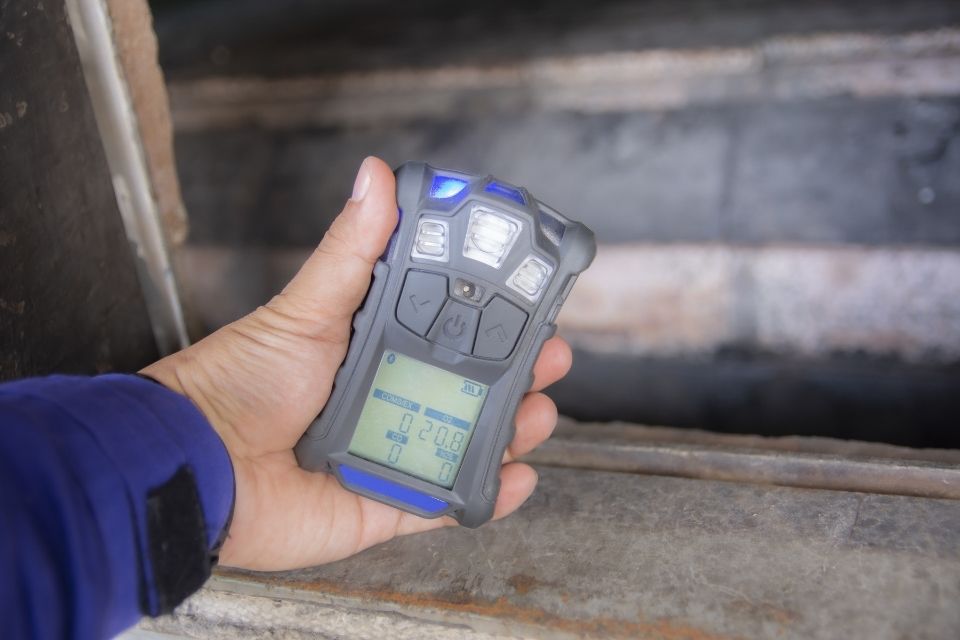The Occupational Safety and Health Administration (OSHA) has guidelines for employers to follow when working in confined spaces. The reason for these guidelines is the potential hazards present in confined spaces, some of which can cause illness or death. Thankfully, learning the most common types of gases in confined spaces can help you monitor and improve your work environment. Read below to discover the potential hazards and why you should monitor for them.
Carbon Monoxide
Carbon monoxide (CO) is infamous for being odorless, colorless, and harmful to inhale. Unfortunately, carbon monoxide is the byproduct of combustion, making internal combustion engines a frequent culprit.
More specifically, a mixture of poor ventilation and internal combustion engines can cause carbon monoxide accumulation, potentially poisoning anyone nearby. In addition, carbon monoxide can cause significant health problems, such as oxygen deficiency, so ensuring proper ventilation in your workspace is essential.
Hydrogen Sulfide
Hydrogen sulfide (H2S) is another one of the most common types of gases in confined spaces that can cause harm. Like carbon monoxide, hydrogen sulfide is colorless. However, one key difference is that hydrogen sulfide frequently produces a strong, rotten odor. Hydrogen sulfide is a byproduct of organic decomposition and is both poisonous and flammable. Using a gas monitor to search for this toxic material is essential for work areas like sewers and hot springs. Unfortunately, excessive exposure to hydrogen sulfide can cause death within moments, so be sure your gas monitors can detect H2S if it’s a potential hazard in your workplace.
Oxygen
Having ample oxygen (O) levels in a confined space sounds good, right? Well, you certainly want enough oxygen to breathe healthily. Unfortunately, however, confined spaces can contain insufficient or excessive oxygen levels, neither of which constitutes a safe environment.
Under standard 1910.146, OSHA considers permit-required confined spaces with atmospheric oxygen concentration under 19.5 percent and over 23.5 percent hazardous. For this reason, employees working in confined spaces must use gas monitors to detect whether oxygen levels are safe or dangerous to humans. However, gas monitor capabilities differ, so you must consider specific details before you make a purchase, such as which gases are potentially present in your work environment.

